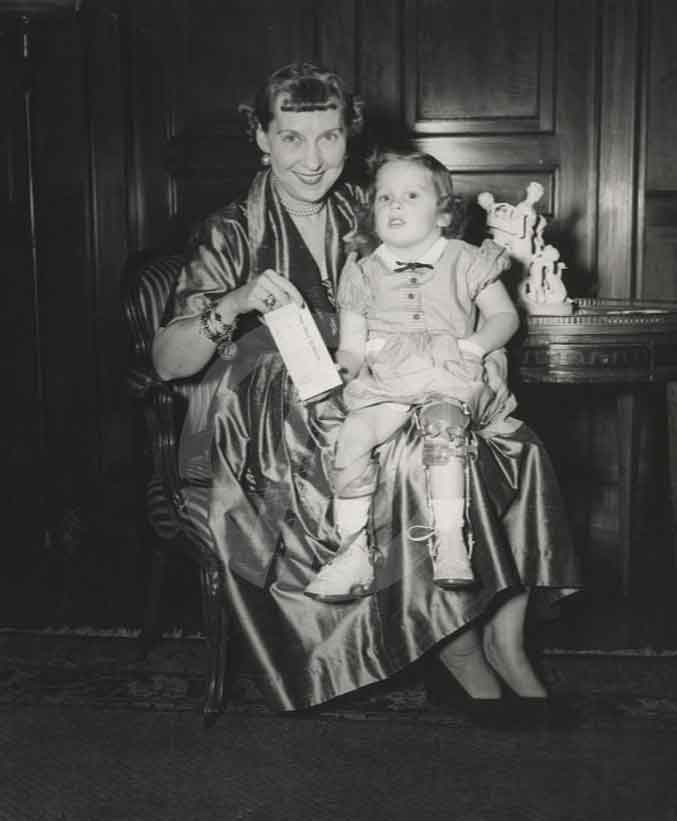Why Inappropriate Costuming can Ruin a Movie Scene
November 1, 2014
The Dolly Madison Bracelet
January 14, 2015Displaying One’s Party Affiliation is No New Fad
Political symbolism dates back to 1874 after a series of political satire cartoons were published in a number of publications, including Harper’s Weekly. Cartoonists, playing upon each others’ work, soon adapted the animal-affiliated party representation.

“The Third Term Panic: An ass, having put on the Lion’s skin, roamed about in the forest, and amused himself by frightening all the foolish Animals he met with in his wanderings.” Thomas Nast, Harpers, 1874.
Women have been displaying their political party affiliation since 1920s when Mrs. Coolidge sported a necklace of seven green elephants dangling from a ribbon during a photo op. The necklace was giving to her in anticipation of a Republican presidential victory of her husband’s running mate. Later, Mrs. Harding also displayed the fashionable political jewelry, when she too, was bestowed with a similar necklace.
Soon Elephant and donkey charm necklaces were all the rage. The ivory-like-carved-bone made of celluloid came in shades of jade, coral, and white celluloid. The donkey charms, similarly carved, came in jade and white celluloid. The elephant charms were suspended from a grosgrain ribbon. Later in 1924, the first Lady Mrs. Coolidge was presented with an ivory or white coral necklace of carved elephants arranged in a half circle suspended from a chain.
In 1952, Mamie Eisenhower was known for wearing a charm bracelet. The bracelet made of a chain of four-leaf clovers suspended a tiny diamond elephant charm and a round disc with “IKE” cutout and an inscription of her name.
In 1953, The Napier Co. gave Mamie Eisenhower a sterling silver bracelet depicting an elephant coming out of the jungle. There is much folklore surrounding this piece of jewelry. The book, The Napier Co.: Defining 20th Century American Costume Jewelry, details the actual history, and back story of this legendary piece. Mamie, throughout the years, was photographed wearing this piece, and it was said to be one of her favorites. The gift now resides at the Smithsonian.
“Pick your Party”
“Pick Your Party” was Napier’s contribution toward political awareness in 1964—“Show your sentiments with a beautifully sculptured golden donkey or an elephant on a key chain or bracelet.” A second jeweled version of this collection was available during the 1960s continuing to 1971.
In 1968, both fine jewelry and fashion jewelry were sold to represent fashionable political statements. Even college girls who were unable to vote would display their political affiliation. From a luxurious item in gold, sapphire, ruby and diamonds, sold in New York for political candidate Eugene McCarthy, to fashion jewelry donkey figural pins designed by Kenneth J. Lane, political jewelry was all the rage.
In Washington, both Nixon and Humphrey sold jewelry at their own Washington D.C. boutiques. The jewelry included bracelets, earrings and pins representing their parties. Donkey bracelets for the Democrats and the selection included rhinestone pins with “N” or “N68” for Nixon.
If the sale of one particular party’s jewelry outsold the other, then the statistics from one company certainly foretold the election outcome. In 1972, Nixon jewelry from one supplier outsold Ford jewelry by 3:1. This election winning corollary to jewelry sales would again be seen in 1976.
During this bicentennial year, not only was political party jewelry popular, but patriotic jewelry held the rein. Flag or USA pins were popular. Eagle breast-plate necklaces were in vogue. Napier’s perennial jeweled elephant and donkey pins and charm bracelets were still being sold. Pins saying “GOP” or “DEM” in red, white and blue rhinestones were popular.
Patriotism was especially important during 1976; it was both an election year and the country’s bi-centennial. Almost every form of political symbolism was made into pins, brooches, necklaces and bracelets. On the party front, according to The Franklin Mint, Jimmy Carter campaign pendants outsold Gerald Ford’s jewelry by a margin of 2:1.
In 1992, companies like Napier had elephant and donkey pins in their collections. The pins offered by Napier were re-introduced from molds held in the company’s archives. These were not the jeweled elephant and donkey pins sold in the late-1960s and early 1970s, but a cast gold-plated pin.
No matter what the political party preference is, red, white and blue, donkeys and elephants will always play a part in the expression of politics and patriotism.
Displaying One’s Party Affiliation is No New Fad
This article discusses the history of jewelry being worn as a political statement.
By Melinda Lewis -November 14, 2014
Find Melinda on Google+










